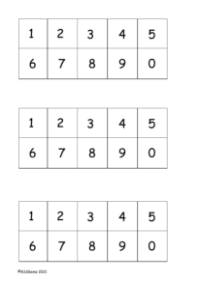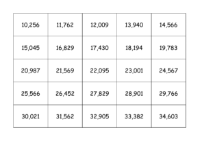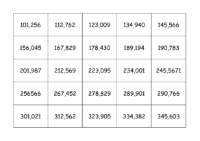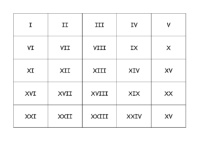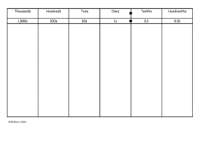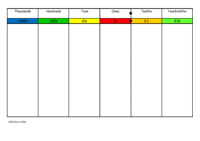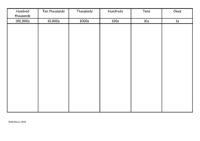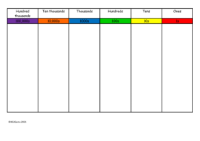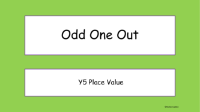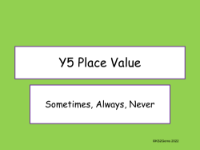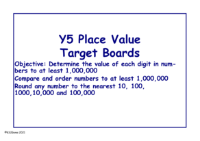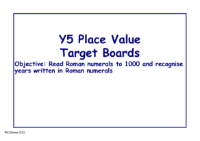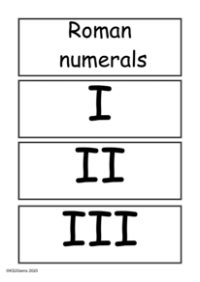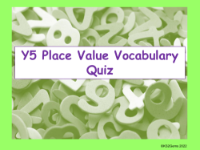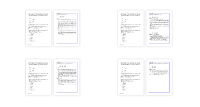Vocabulary - Place Value
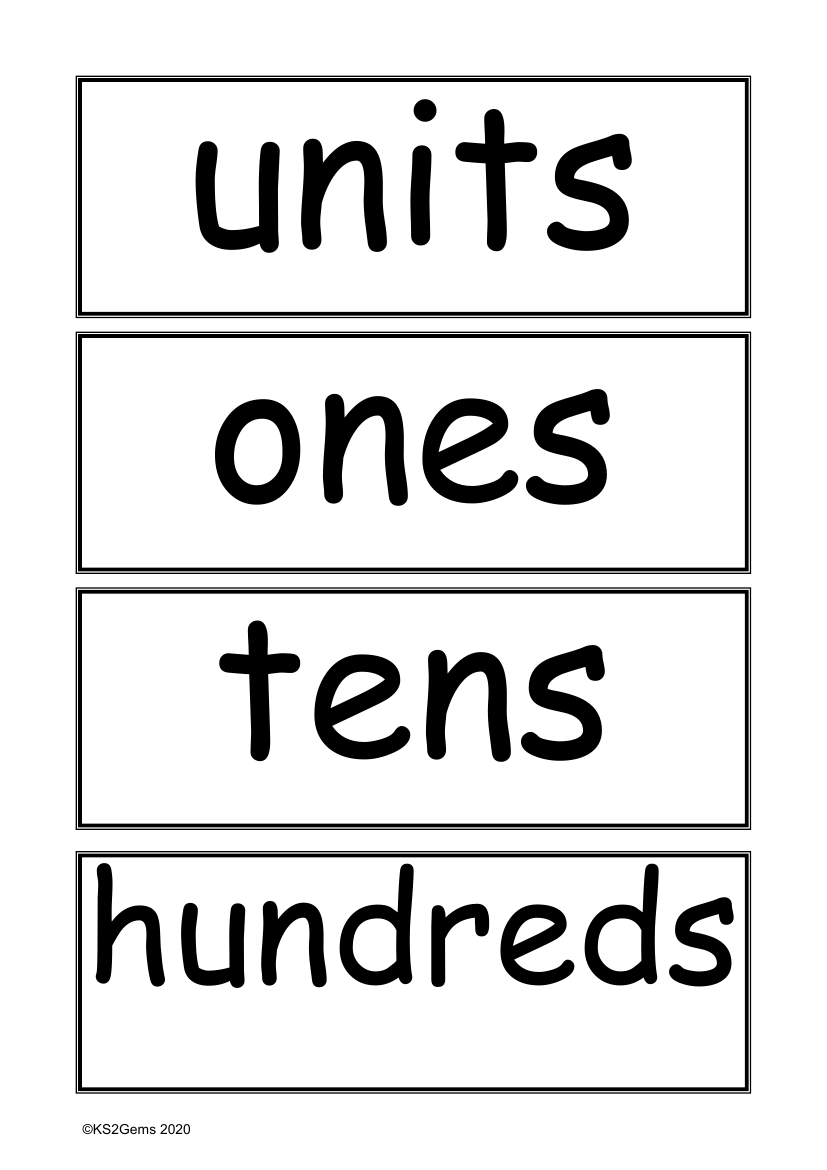
Maths Resource Description
The vocabulary related to place value is essential in understanding the numerical system, particularly in Key Stage 2 mathematics. Terms such as 'units', 'ones', and 'tens' refer to the single-digit values that make up numbers, with 'ones' being the first digit from the right and 'tens' being the second. The term 'hundreds' denotes the third position in a number, indicating a much larger value than tens and ones. A 'digit' itself is a single numeral ranging from 0 to 9, and when combined, they form different types of numbers: 'one digit number', 'two digit number', and 'three digit number', each progressively larger in value.
The vocabulary also includes terms like 'teens' number, which are numbers from 13 to 19, where the 'place value' becomes crucial in understanding the value each digit represents in a number. Words such as 'stands for' and 'represents' are used to explain what each digit means within a number, while 'exchange' refers to the process of trading values in mathematical operations to maintain equivalence. Comparative terms like 'greater', 'more', 'larger', 'bigger', 'less', 'fewer', 'greatest', 'most', 'largest', 'biggest', 'least', 'lowest', 'smallest' are used to discuss the size and order of numbers. Additionally, terms such as 'one more', 'ten more', 'one hundred more', and their counterparts 'one less', 'ten less', 'one hundred less' are used to describe the process of incrementing or decrementing numbers by a specific count. The vocabulary set also includes positional terms like 'first', 'second', 'third', and so on, which are used to describe order, as well as 'before', 'after', 'next', 'between', indicating relative positions in a sequence or series.
